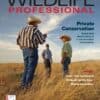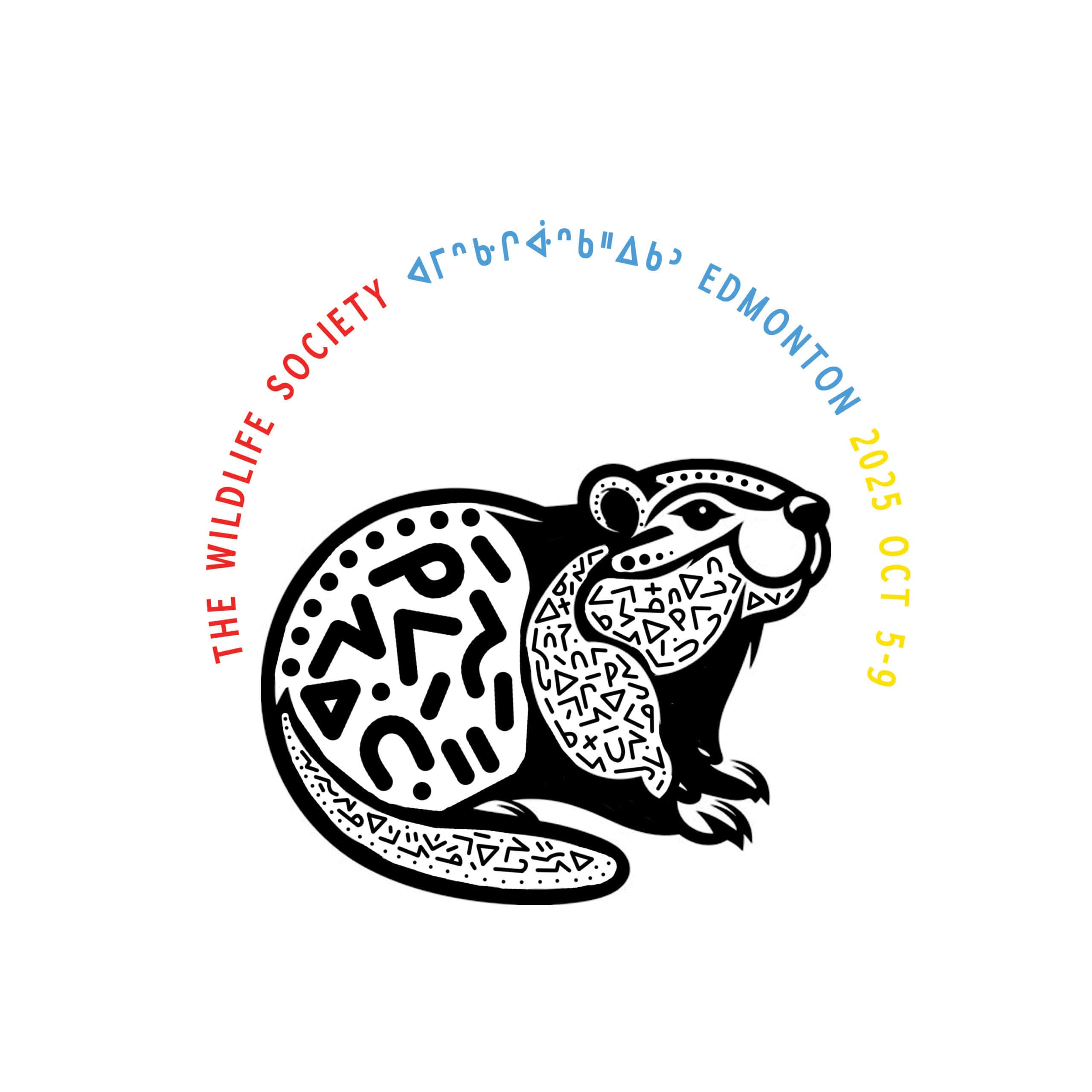Share this article
Wildlife Featured in this article
- Hawaiian crow
- Hawaiian hawk
Engineering a successful Hawaiian crow release
Researchers could influence bird movement through supplemental feeding
Supplemental feeding—when done just the right way—may boost the survival of reintroduced Hawaiian crows.
This finding from new research may help the survival of a species whose existence is precarious right now.
“Any reintroduction is a learning process for any species that you do it with,” said Alison Greggor, a conservation biologist with the San Diego Zoo Wildlife Alliance.
Hawaiian crows, also locally known as the ‘alalā (Corvus hawaiiensis), are highly intelligent, showing a remarkable ability to use tools—a study in 2016 found the widespread use of sticks and leaves to prey on arthropods, without any cues or social learning from other birds. They are also loquacious—Hawaiian crows have more than 60 different types of calls.
“The ‘alalā hold a very important place in Hawaiian culture,” Greggor said, adding that in local mythology, the crows help lead ancestors to the afterlife. They are also important seed dispersers for native Hawaiian fruits like hō’awa (Pittosporum hosmeri).
The species found on Hawaii’s Big Island began decreasing in the early 1900s, with significant declines in the 1950s. A captive breeding program began in the 1970s. While these efforts were successful in producing new chicks, the bird’s numbers outside of captivity continued to drop. The species had become extinct in the wild by 2002.
Conservationists tried unsuccessfully to supplement wild populations by releasing birds bred in captivity in the 1990s. From 2016 to 2020, wildlife managers conducted a reintroduction effort on the Puʻu Makaʻala Natural Area Reserve on Big Island. They fed the birds after release as a way to increase survival, but the crows tend to crowd around feeders, which is unnatural behavior for them. In normal conditions, ‘alalā typically become territorial after maturing and don’t spend much time with other individuals.
Another problem with this effort was that the researcher couldn’t control where the individuals went after release, and the birds could fly off to less suitable habitat.
In a study published recently in Conservation Science and Practice, Greggor and her colleagues tested if the birds would disperse in a way that might improve their survival. To do so, they used a more complex supplemental feeding system.

Initial release
The team released 11 juvenile birds in 2017. These birds showed high fidelity to the release site, likely because four supplemental feeding stations were nearby.
The researcher began their experiment by moving two of the four supplemental feeding stations 50 meters away, but in opposite directions. The team moved one of them to an area under a high forest canopy and placed the other in a more open area. After a week, they moved the feeders 100 meters away from the original site. In the third week, they were 150 meters away. By the fourth week, they had returned the feeding stations back to where they were in the beginning.
The team observed that the birds began to use more space as the researchers moved feeder stations farther away.
The researchers also determined which types of areas the birds preferred.
“We found that they were faster to find and use the closed canopy versus the open canopy ones,” Greggor said.
The feeders in the open canopy were more visible from a distance, but the crows were more hesitant to use them than the feeders located in the closed canopy. The birds also easily found the feeders that the researchers placed 150 meters away from the original ones.
“At 150 meters, birds will find the new resources, and it will likely influence their space use as well,” Greggor said.

Informing future efforts
Unfortunately for these birds—and an additional two cohorts released in 2018 and 2019—many didn’t make it. Some died in storms, some from natural causes and others were preyed upon—or disappeared after an initial period of good survival. The team brought the remainder back into captivity.
But Greggor said that this study can inform future reintroductions, especially when conservationists want to redirect birds away from potential hazards like areas with more humans or other dangerous factors.
“It can be difficult in the wild to get birds to go where you want them to,” Greggor said.
Scientists are planning a reintroduction in Maui, which lacks the natural predator, the Hawaiian hawk, or ‘io (Buteo solitarius). These raptors caused some of the deaths in the recent set of releases.
“We know it will be a long road to get them back out, but we are hopeful for their future,” Greggor said.
Header Image: Hawaiian crows became extinct in the wild in 2002. Credit: San Diego Zoo Wildlife Alliance








